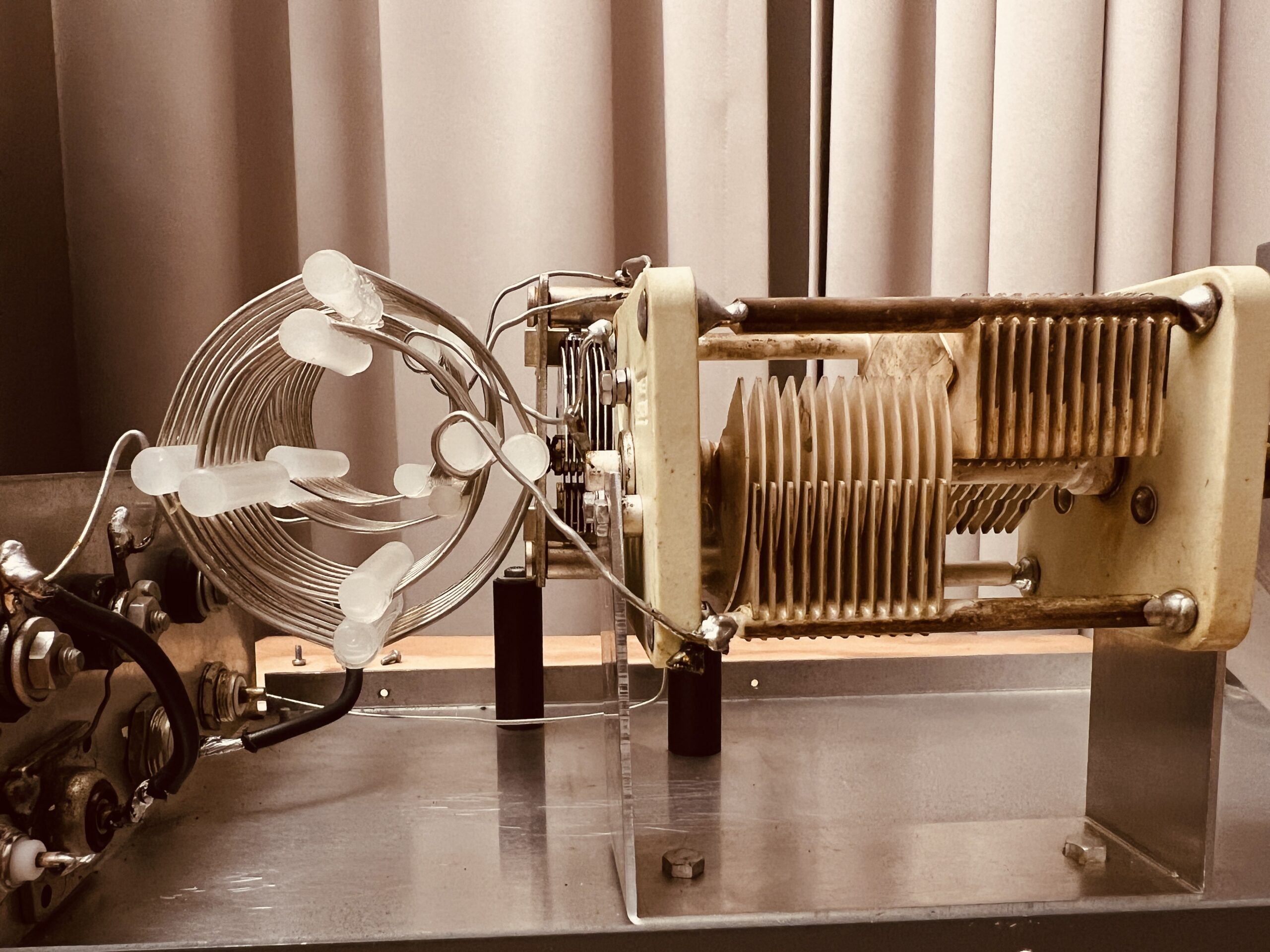 Many thanks to SWLing Post contributor, Steve Allen (KZ4TN), who shares the following guest post:
Many thanks to SWLing Post contributor, Steve Allen (KZ4TN), who shares the following guest post:
A Simple Antenna Tuner for SWL Radios
by Steve Allen, KZ4TN
After reading 13DKA’s excellent review of the Belka-DSP on SWLing.com a few weeks ago I knew I had to have one! The size, features, and performance of the Belka-DX (latest version of the Belka-DSP) is phenomenal. I won’t go into reviewing the radio as I couldn’t come close to 13DKA extensive review. If you are considering this SWL receiver his review is a must read.
I love bedtime SWLing and have been putting off setting up an outside antenna specifically to feed into the bedroom for too long. Given that the resonant frequency of the antenna would not be broad enough for the tuning range of the Belka-DX I decided to build a small antenna tuner just for SWLing.

After a couple of hours searching the internet for a simple tuner I found just what I was looking for on http://www.hard-core-dx.com/nordicdx/antenna/lab/tuner.html. It’s a simple L match using a single variable capacitor and coil.

For the coil I wound ~100 turns of 26 Ga wire on a one inch diameter wooden dowel. The wire size can be whatever you have on hand. I twisted a tap every 10 turns. I drilled a hole in each end and glued in a machine screw to mount the coil to the bottom of the enclosure. I’ve had this enclosure in my junk box for a long time and have been waiting for just the right project. The variable capacitor I used was one I found on EBay a few years ago that had two sections, 330 pF and 120 pF. I tied them together for 450 pF. For the rotary switch I had to scratch around on eBay for a while until I found a 12 position single pole.

The plans for the tuner suggested adding a fixed value capacitor with a toggle switch to increase the lower end of the tuning range. I found a 510 pF silver mica and wired it into the circuit.
The antenna I put up is a sloper about 30 feet long.The high end is up about 40 feet and the low end is at about 12 feet. I put the antenna and tuner to the test last evening and the reception on the Belka-DX was superb. With the tuner the strength of the signal would peak about 2-3 units when I found the sweet spot.
The tuner also does double duty as an attenuator for very strong signals.

One mod I made to the Belka-DX was the addition of some grip tape to the tuning knob. It makes fine tuning much easier.
I believe we will continue to see a number of innovative receivers coming to market in the near term utilizing SDR technology. The ratio of performance to size of the Belka-DX is truly amazing in my opinion.
Thank you, Steve, for sharing this brilliant weekend project! As always, brilliant craftsmanship!
Click here to read Steve’s other posts and projects.
 Many thanks to SWLing Post contributor, Frans Goddijn, who writes:
Many thanks to SWLing Post contributor, Frans Goddijn, who writes:








